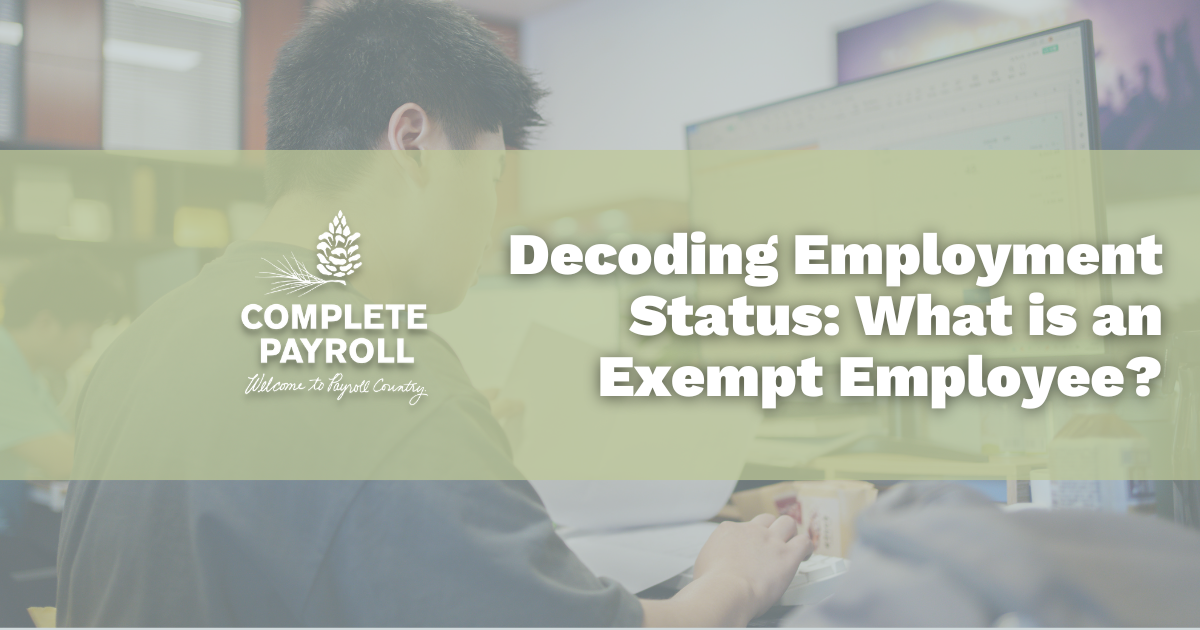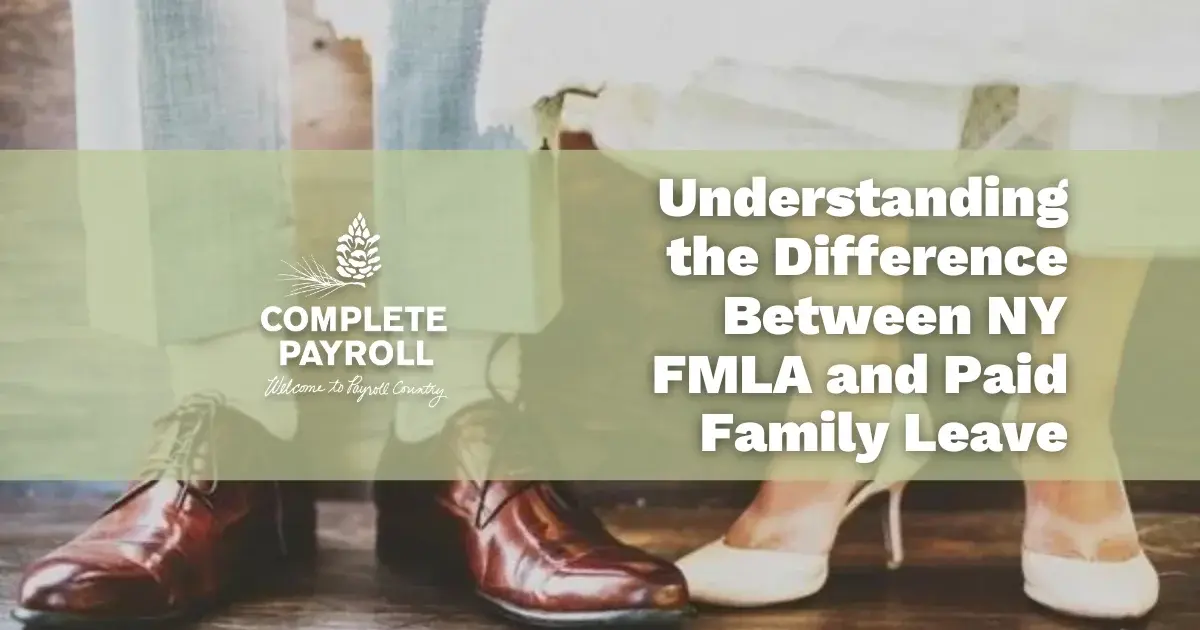In today's fast-paced business environment, recognizing and rewarding employees for good attendance is crucial in fostering a positive company culture. This article delves into effective employee incentive programs, specifically focusing on attendance, and offers insights into developing a successful plan.
What is an Employee Incentive Program?
Employee incentive programs are structured plans designed by organizations to encourage and reward exceptional performance and behaviors among their staff. These programs drive employee engagement, boost morale, and enhance overall productivity.
How Does This Differ From Company Benefits?
While company benefits like health insurance and retirement plans are standard offerings to all employees, incentive programs are typically performance-based and tailored to recognize specific achievements, such as excellent attendance.
Incentives for Rewarding Employees for Attendance
Rewarding employees for consistent attendance can take various forms. Here are some creative ways to acknowledge their dedication:
Cash Bonuses for Flawless Yearly Attendance
Offering a cash bonus for those who maintain perfect attendance throughout the year is a straightforward and effective incentive.
Public Recognition
Acknowledging employees' attendance records with commemorative plaques or certificates during company meetings can significantly boost morale.
Salary Hikes and Extended Breaks
Linking salary increases and extended lunch breaks to impeccable attendance records is another way to incentivize punctuality and presence.
Extra Paid Days Off
Granting additional paid time off to employees who meet certain attendance milestones is a highly valued reward.
Special Events and Leadership Roles
Organizing exclusive events or assigning leadership tasks to those with outstanding attendance records can provide both recognition and professional growth opportunities.
Office Games and Special Gifts
Engaging the team with attendance-based games or presenting gifts like gadgets or gift cards can add fun to the incentive program.
Developing an Employee Incentive Program Plan
When creating an incentive program for attendance, it's crucial to start with a clear and accessible policy. Here’s how to develop an effective plan:
- Document and Communicate: Clearly outline the attendance incentive policy and ensure it's easily accessible to all employees.
- Track and Record: Maintain detailed records of work hours, vacations, and sick days.
- Set Achievable Goals: Ensure the goals set are realistic and attainable.
- Align with Company Culture: The rewards should reflect the ethos of the company, reinforcing its values and objectives.
Rewarding Employees Without Money
Not all rewards need to be monetary. Here are some non-financial ways to appreciate good attendance:
- Public acknowledgment in meetings or newsletters.
- Opportunities for professional development or training.
- Flexible work arrangements or additional personal time.
Rewarding Hard Work in 2023
With the evolving work landscape, especially with remote work scenarios, it's important to adapt reward programs accordingly. Virtual recognition events, online gift cards, or extra time off can be effective in remote settings.
Building Commitment and Reliability Through Attendance Rewards
An effective attendance incentive program is more than just a means to reduce absenteeism; it's a strategy to encourage dedication and build a positive work environment. By thoughtfully recognizing and rewarding good attendance, companies can cultivate a culture of commitment and reliability, which is beneficial for both the employees and the organization.
Learn more about how to track employee attendance records to avoid excessive absenteeism by visiting Complete Payroll’s page Time and Attendance: A Complete Guide. It is a comprehensive resource for everything employers, human resource managers and payroll specialists should know about time and attendance matters.
Learn More About Tracking Employee Attendance
Complete Payroll’s advanced employee scheduling solution, TimeSimplicity, helps employers manage complex schedules, ensures qualified coverage, gives employees scheduling control, and expedites shift changes.
With a comprehensive centralized data component, all your company’s timekeeping data is collected into a single online account, making it easy to access, edit, approve, and export everything you need. Your payroll staff will never have to collect information from individual supervisors again manually.


















 Get Instant Blog Notifications
Get Instant Blog Notifications
%20Need%20to%20Know%20about%20the%20New%20I-9.jpg)

